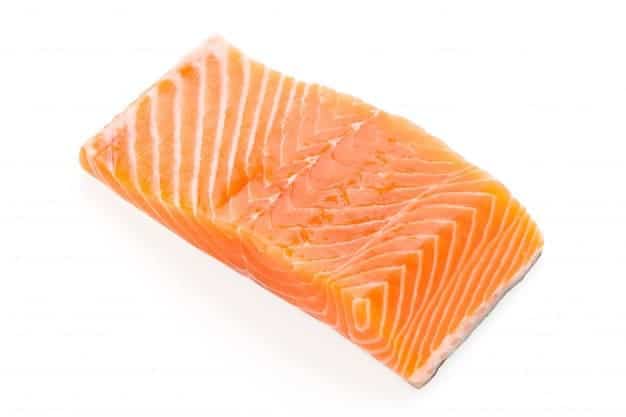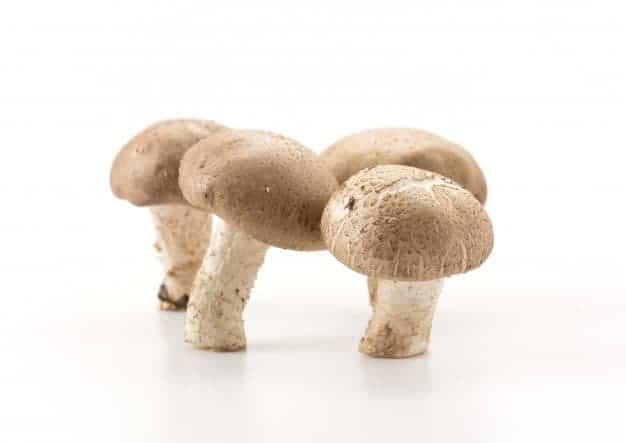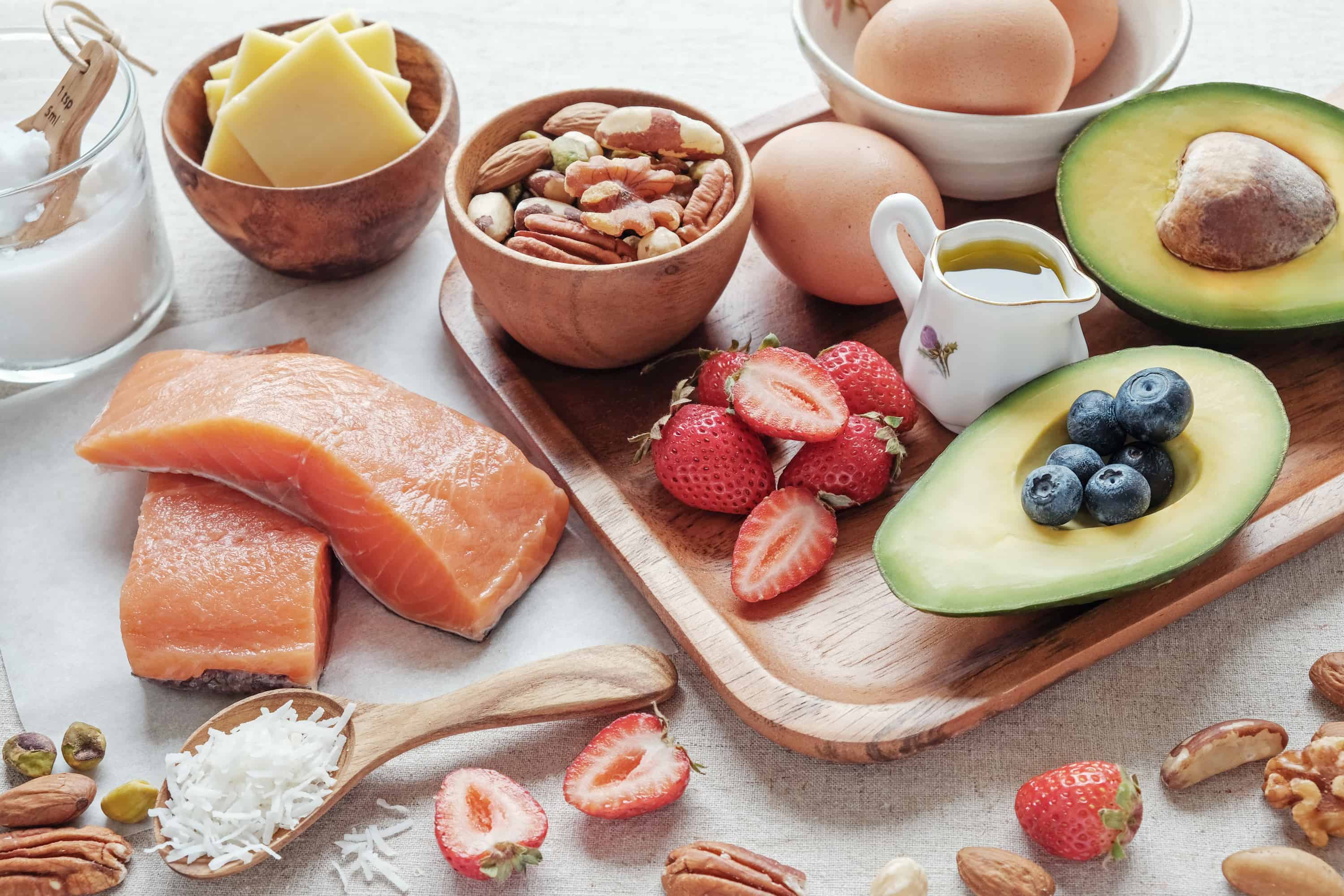Photo Credit: Thitaree Sarmkasat
Turn the traditional diet upside down
For decades, people have based many of their dietary decisions at least partially by an archaic and very flawed piece of visual data called the food pyramid. The food pyramid is largely a product of bad science and aggressive lobbying which advises people to consume a tremendous amount of grains. However, we now know that eating a diet that is based around grains is not idal and does not promote a healthy life style.
Society has been relying on the food pyramid for years and not only is the image ingrained in many peoples minds as their go to reference for diet choices, but it is also simply the way many people are brainwashed to believe a diet should look like. Because the constant supply of sugary, carb-laden foods that were and still continue to be pushed in the Standard American Diet (SAD) which is what the food pyramid is suppose to depict, diabetes and obesity are at epidemic proportions. For years, people have blindly followed the food pyramid and while they believed they were eating “correctly”, they were gaining weight, becoming more unhealthy and most likely feeling sluggish and exhausted.
Now that many have realized that the grain heavy recommendation of the food pyramid is not a good idea, many are looking for other ideas and guidelines to be the authority on healthy eating. Many people are trying to solve the food pyramid problem by following whole-food, keto diets that eschew processed foods and grains. Those who are choosing to step away from the grain heavy processed foods are proving that this new way of eating has a tremendous positive effect on their overall health. However, it can be difficult at times to know whether something is keto or not without a similarly easy-to-read guide like the food pyramid (in fact, it is that familiar, easy to read diagram that is what really made the food pyramid stick as the dietary authority for so many years!). Luckily, it’s pretty simple to determine what’s keto-friendly by simply turning the old pyramid on its head. How simple is that?!
Traditional doesn’t mean “better”
The food pyramid has been around for years, with the first pyramid being published in Sweden in 1974 and the United States adopting it in 1992. However, just because we’ve followed something for a long time doesn’t give it value. Of course, he pyramid has changed over the years and was occasionally altered to reflect newer ideas about healthy eating. Yet though there have been updates to the concept of the “basic food pyramid”, many of the ideas still remain the same. The food pyramid still advocates:
- High amounts of grain, which is widely considered to be unhealthy
- Absurd amounts of carbohydrates – well more than 200g a day
- Encourages the eating of processed foods (which numerous diets discourage)
- Demonizes all fats, except for highly processed “healthy” fats like canola, (which has actually been shown to be very unhealthy especially for your heart)
The keto food pyramid is going to be the opposite, taking many of these ideas and pushing ideas that are contrary to what the food pyramid says. It all begins with the keto food pyramid suggesting healthy fats be at the core of your diet and at the bottom, or largest section, of the food pyramid. From there the keto pyramid adds healthy proteins in the middle, along with leafy, green vegetables, both considered to be a very important part of a healthy and balanced diet. A smaller amount of low carb fruits, like avocado and berries lie above that, and the tip-top of the pyramid should be everything carb-laden or processed. These carb packed, processed foods are in the spot where sugars use to lie on the traditional food pyramid and should be considered unnecessary and very unhealthy.The keto food pyramid also completely omits processed oils, trans fats, and processed sources of corn syrup – these are all considered to be damaging to your body in every respect and don’t have a place in a healthy diet at all.
While the keto food pyramid is not too difficult to remember as it is based off of that traditional image we are all so familiar with, you may want a few more tricks to help you remember what foods are keto friendly. If you want to really determine if you should be eating something – keto diet or not – it is a good practice to consider how it came into being. If it is a food that grew from the earth, swam, walked, or flew, or came directly from something that swam, walked, or flew, you’re on the right track. These foods are natural, likely void of man made chemicals and additives and are what people should be putting into their bodies. If you take a look at a food and determine that it came from a factory, it is best to avoid it and opt for something that is a food you can identify as a food found in nature. The best thing anyone can do for their health is omit highly processed foods, as most have sugar, artificial additives and chemicals or worse in them.
Looking beyond that first bit of criteria, you can delve deeper into the ketogenic food pyramid by breaking down the macronutrients and exploring even more.
Healthy Fats

Embrace:
- Butter
- Bacon grease
- Lard
- Coconut oil
- Ghee
- Avocado oil
- Olive oil
- Macadamia nut oil
- Sunflower seed oil
Avoid:
- Canola oil
- Vegetable oil
- Trans fats (this one 100% – never, ever eat trans fat, as it’s better to not eat than ingest trans fats of any kind)
- Margarine
- Corn oil
- Peanut oil
- Vegetable shortening
These lists aren’t exhaustive, but you can see a pattern. If you are looking into using a fat that is a naturally occurring saturated fat, it’s considered to be fine and good for you. If the fat is a highly refined vegetable oil, it’s likely better used as an industrial oil and not worth consuming. These oils are not natural and have been put through many factory processes to reach the state at which you get them in the store= far from naturally occurring! This counts double for artificially stabilized shortenings like margarine or Crisco – never eat these as they would never exist without a lot of man made applications- they are barely shelf stable as it is! Not something you want to be eating.
Healthy fats are necessary for the insulation of nerves, the membranes on cells, and proper energy management. The fact that they’ve been so maligned for so long is a horrific mistake and needs to be corrected as quickly as possible. Your body needs fat and will actually thrive on a diet full of healthy fats.
Proteins
There are many different types of protein, and they can all find a good place in the keto food pyramid. Not all protein is made the same, however, and knowing what to include, what to limit, and what to avoid is critical.
Related: Benefits of Nugo Slim Protein Bars
Red meat

Embrace:
- Beef of all types, particularly grass-fed or finished beef. Read our review for the best home meat delivery services including Butcher Box and Crowd Cow.
- Fatty cuts, like ribeye, ground chuck, or veal
- Offal meats, like liver, tongue, or heart – these are full of vitamin D and A
- Lamb of all varieties
- Duck
- Read our post on high-protein low carb foods.
Avoid:
- Highly farmed beef/factory farmed beef (if you can help it, as it can be cost-prohibitive)
- Processed meats like hotdogs, sausages unless they’re locally made and you know what goes into them
- Dehydrated meat products (meat sticks), sugar-cured jerkies
Seafood
- Shrimp
- Lobster and crab
- Scallops
- Clams
- Mussels
- Fatty fish like tuna
- Wild-caught salmon
- Sardines, bristlings, smelt, or any little fish like them – these are hugely healthy, full of calcium (eat them bones and all), omega-3s, and protein

Avoid:
- Marlin, shark, albacore tuna, or other large sport fish, as they are often older and accumulate more mercury than smaller fish
- Tilapia – it’s almost always farmed and is often from countries with significantly lower regulations, so the fish is dirty, full of inflammatory fats, and just plain awful
- Farmed fish in general
- Endangered or over-fished seafood
- Non-American crayfish
Pork, poultry, and everything else
- Pork of all cuts and varieties, particularly heritage breeds
- Free range chicken
- Eggs, eggs, and more eggs – one of the most important, complete, and healthy foods on the planet
- Game birds of all varieties
- Wild game such as deer, elk, turkey, wild boar, quail, pheasant, geese, etc

Avoid:
- Factory-farmed chickens
- Poultry raised or farmed from other countries
This is of course not a complete list, but the highest-carb meats you can eat tend to be organ meats like liver. Luckily, in many parts of the world, these unhealthy proteins are not widely used and most recipes highlight the healthier cuts of meat. Everything else will be very low in carb if not carb-free. Beyond that, as long as you’re eating non-factory-farmed meats, you should be fine (factory farmed meats can be full of hormones, antibiotics and come from animals who ate a poor, chemicalized diet which will, in turn, go right into you if consumed!). Whole foods are the real target for any diet, and keto is no exception.
Carbs
It might not seem like it, but you CAN eat carbs on a ketogenic diet, as long as you eat the correct ones. Obviously, you can’t have processed carbs like grains, bread, pasta, or sugar, but there are plenty of vegetables you can (and should) be eating. This first list can be eaten in abundance, and are necessary for healthy living. Say yes to carbs like:

Embrace:
- Greens of all kinds – collards, beet greens, spinach, kale, watercress, arugula, etc
- Lettuce of all varieties
- Brussels sprouts
- Broccoli
- Cauliflower
- Radishes
- Bok choy
- Asparagus
- Cabbage
- Eggplant
- Celery
- Mushrooms


Eat in moderation:
- Avocado
- Berries
- Pumpkin
- Zucchini and yellow summer squash
- Spaghetti squash
- Acorn squash
- Peppers
- Onion
- Tomato
- Coconut meat
- Carrots

Avoid altogether:
- Sweet potatoes (until you’re in maintenance with a healthy body and blood work)
- White potatoes
- Beets
- Turnips
- Nearly all fruit (again, until you’re in maintenance and have obesity-related health conditions under control)
- Grains of all kinds
- Sugars, including fruit juices
Nuts, seeds, dairy, and everything else
This is that last bit of various things that don’t fall into the other categories well. These are things that can be beneficial or extremely detrimental to a keto diet, and should be included or completely avoided appropriately.
Embrace (in moderation):
- Tree nuts – walnuts, pecans, pistachios, almonds, macadamia
- Seeds – pumpkin, sunflower, squash
- Full-fat dairy – whole milk Greek yogurt, heavy cream, half & half, butter
- Cheeses – full fat, especially hard cheese like parmesan or cheddar, cream cheese, mozzarella
Avoid highly processed cheese like American or processed “melting” cheeses, like Velveeta or canned cheeses. Also avoid any full-fat but highly processed dairy, like flavored yogurts or ice cream.
Condiments
You can’t have bbq sauce or ketchup, but there are MANY things you can add to your foods to flavor them and keep within the keto confines.
- Mayo
- Mustard
- Horseradish
- Worcestershire sauce
- Sriracha
- Soy sauce or coconut aminos
There can be some concern over the carbs in mayo from the store, and the same can be said about any store-bought dressing or sauce. Many say these are acceptable while others are very against anyone of a keto diet consuming condiments. You can avoid those excess carbohydrates by making your own mayo from olive oil, egg yolks, and lemon juice- it’s really not that difficult! In addition to being failry easy, homemade mayo is the best-tasting mayo you’ll find, and it’s going to be significantly healthier than anything in the stores.
Shopping on keto
Now that you have an idea of what is on the keto food pyramid, what does a keto shopping list look like? What should you get to ensure you are eating a balanced keto diet? If you’re a single person, a typical shopping list will include:
- A decent selection of healthy meats, including steaks or hamburger, a nice whole chicken, and some delicious, fresh, wild-caught fish
- Lots of eggs
- The vegetable ingredients for many huge, lush salads – spinach, lettuce, radishes, tomatoes, sunflower seeds, etc
- Asparagus
- Pickled or fermented foods like kimchi or sauerkraut
- Nuts and seeds for snacking
- Healthy oils for cooking like coconut or olive oils
- Read our post on high-fiber low carb foods.

Making a ketogenic meal plan ahead of time will help you stick to your list, avoid processed garbage food or eating out, and gives you a framework for your weekly foods that doesn’t allow for much error. You can also find many grocery store checklists and recipe guides for Keto diets online that may be useful for the first few times you go shopping after committing to a keto diet. The first few days and weeks of keto are the hardest, so have a structure in your diet, shopping list, and nutrition will go a long way to help you adhere to the plan. After a couple weeks, you’ll find it’s harder to stray than it is to stick to keto.
Within no time you’ll be on a path to a healthier you, just by omitting processed food and carbs! Keep that keto food pyramid in mind and you will never need to second guess your food choices!

